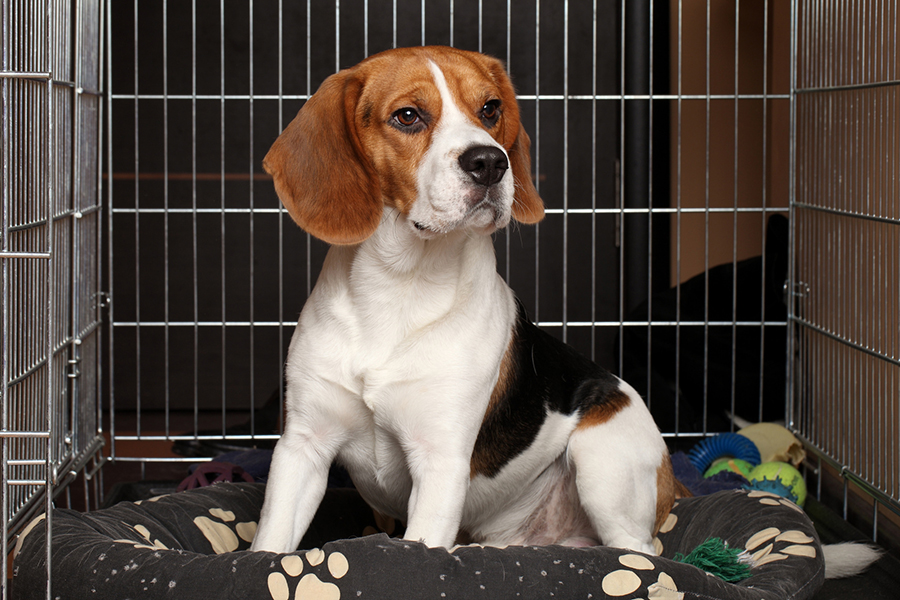Spinal Trauma: How to cage rest your pet
When there is trauma to the spine, be it through a fracture or through a slipped disc, the major cause of suffering to your pet is caused by surrounding structures exerting pressure on the spinal column. Such a condition is very serious due to the poor healing capacity of nervous tissue.
In some cases it is necessary to surgically remove the slipped disc or stabilise the vertebrae that are putting pressure on the spinal column, but with milder cases it is often sufficient to treat your pet with anti-inflammatory drugs. In both circumstances it is imperative that your pet’s movement is severely restricted, as any movement may result in further compression on the nervous tissue. Due to the slow regenerative qualities of nervous tissue, your pet needs resting for at least two to four weeks.
Unlike a sore limb that your pet can hold off the ground, the spine is constantly dealing with the pressures of movement, so there is constant movement at the site of trauma. In order to minimise this, the animal needs to be restricted to an area that is as little as two to three times the size of the animal, or an area that allows your pet to move only enough to turn around.
The cages at the veterinary hospital are ideally suited to this kind of space restriction, but if you are to rest your pet at home, a size as small as possible is best. If you have a small bathroom or laundry, a partition halfway down it should produce a size suitable for a medium to large sized dog. It is harder to create a space suitable for a small dog or cat. The cages that cats are transported in can be suitable provided they are large enough to accommodate a litter tray, food/water bowls and bedding. Alternatively half a shower recess can be used. Some people have had great success with upturned cots or play pens.
It is important that you pet is not disturbed too often as they tend to become excited with all the attention and will move about despite their fragile condition.
Treatment of spinal conditions is often a long and tedious procedure that can become frustrating both for you and your pet. If you are not sure that this kind of space restriction will not inconvenience you or be difficult to sustain for the full two to four week (minimum), it is best for your pet to stay in the hospital to ensure the best chance of recovery.




